Stop motion animation videos

I work with objects, plasticine (clay), paper, draw 2D animation, create explainers, illustrations and logos.
Answer a few questions about your project and I will help you make your ideas real.
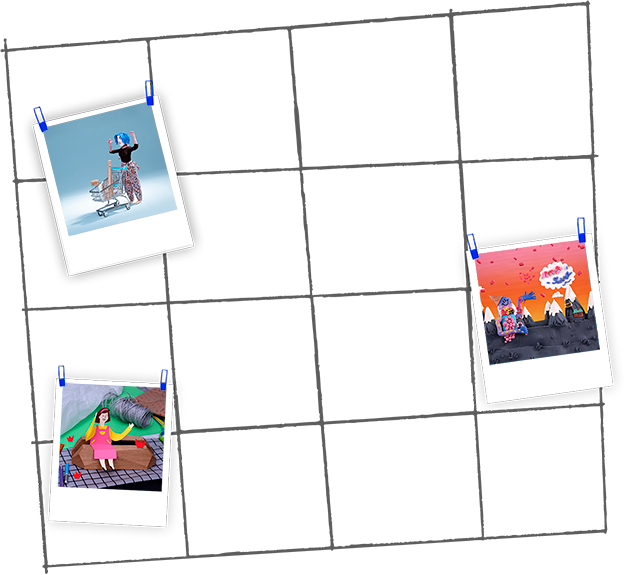

I sculpt ideas, move with soul
Creation of stop motion animation videos
Do you want to order stop motion video? We offer the creation of animated videos for mass media - advertising, explanatory materials, music videos, television and social networks. We accept orders for the personal author's development of unique animation stop motion videos

Hi!
My name is Marianna Rudakova


I am a director and animator of Knikni Studio which has been creating stop motion animation since 2016.
There is no better idea than to show your business in stop motion. Friendly communication and attention to the details, professional experience in shooting and directing brings all projects to a great result.

What is
stop-motion animation videos?
Stop motion animation videos is a technique of stop frame animation by photographing and moving objects. Do you remember puppet cartoons? This is a classic stop motion. But now stop motion has become incredibly popular and is used everywhere: in advertisements, in explainers, in music videos, on TV and on social networks.



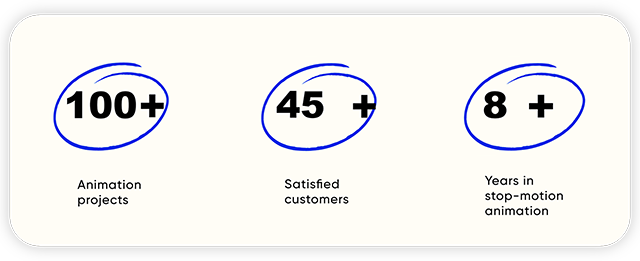
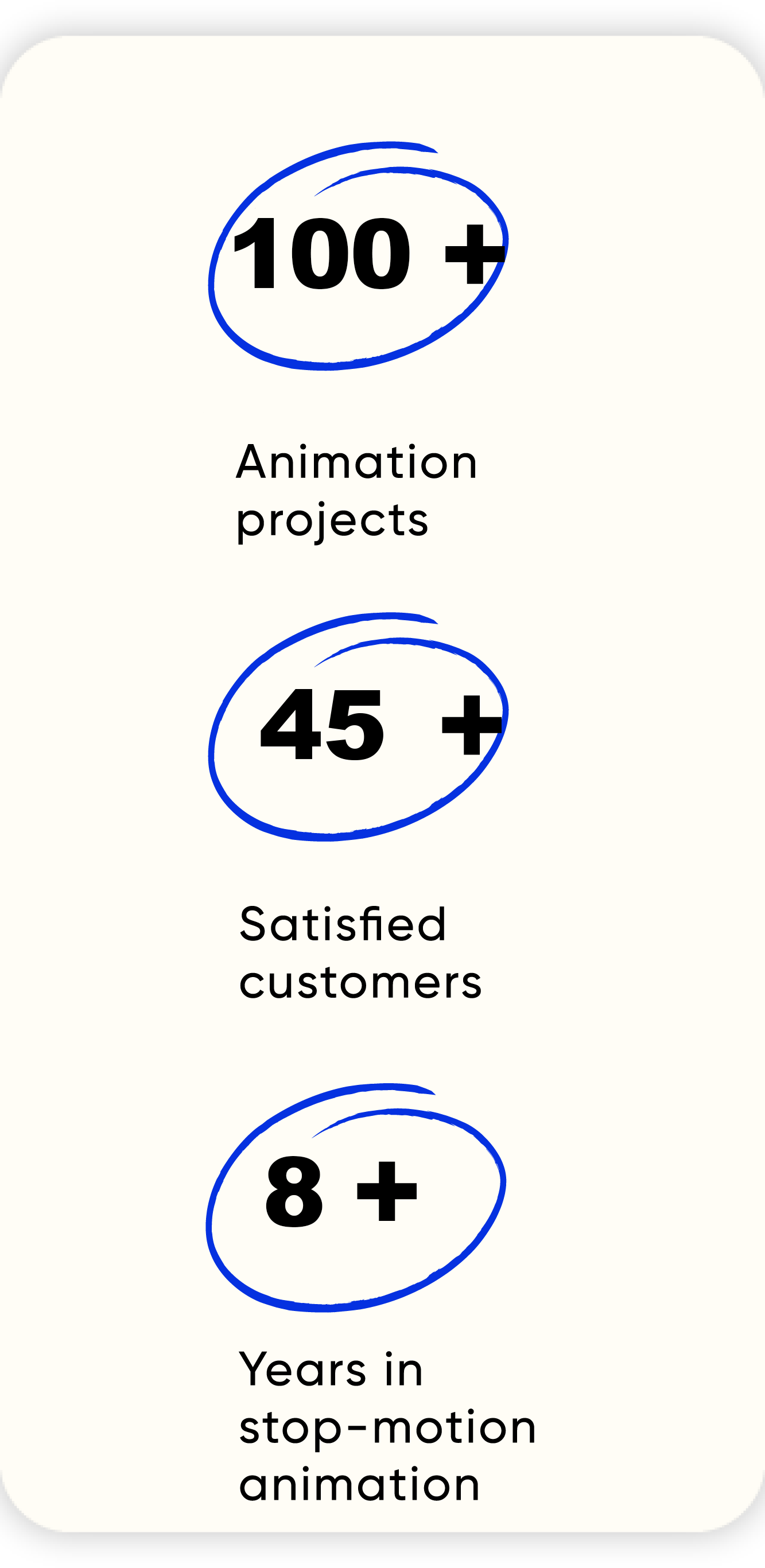


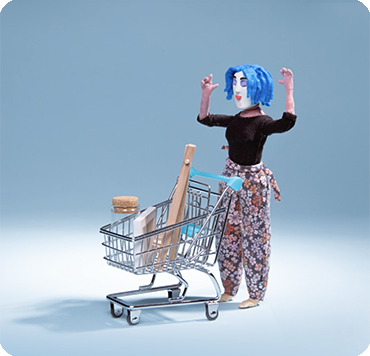



Services for creating stop-motion animated videos




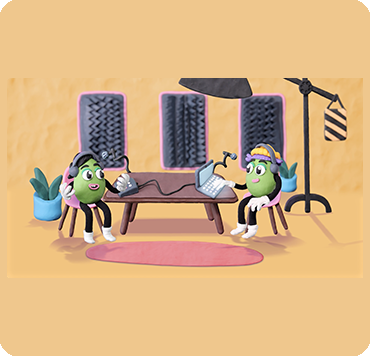

TV advertising and shorts
Claymation and papercut explainers
Stop motion videos with goods and services are popular on TV and social networks. It is the best way to show your business with all it’s features.
Explainers are good to explain the way how your business works.
Puppets: modeling and animation
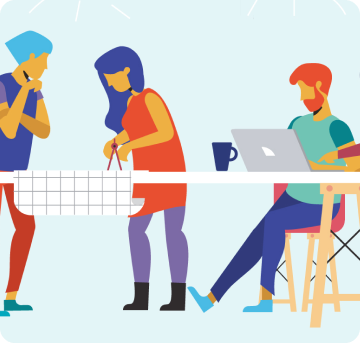

Right character it is a face of your brand. Puppets attract the viewers attention at ones.
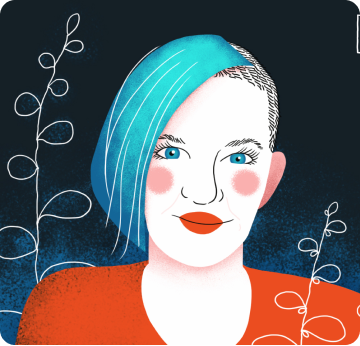

Stop motion workshops
I make a workshops about stop motion animation for adults and teenagers 14+. I work with festivals and companies.
2d animation and motion graphics
2D animation in the form of explanatory videos will best show the essence of your company, service and product. I experienced in other styles of animation.
Illustrations
The author's art style is suitable for posters, postcards and other printed stuff. I create illustrations for web sites and other projects.
Сreating stop motion animation videos


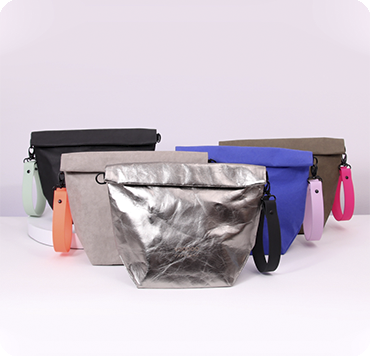

Stop motion with goods and objects. Will show the features of your product and all its advantages
Object
Plasticine
Will show how your company or an application works. Plasticine will reveal ideas as flexibly and beautifully as possible
Mixed
Stop-motion with different materials: paper, textiles, flowers, etc. Suitable for different tasks, it will beautifully show goods and services in motion
2D animation in the form of explanatory videos will best show the essence of your company, service and product
Motion graphics
The author's art style is suitable for posters, postcards and other printed stuff
Illustrations
Animation with lines, dynamic, moving, suitable for different tasks
Drawn animation
Services
What stop-motion I offer:






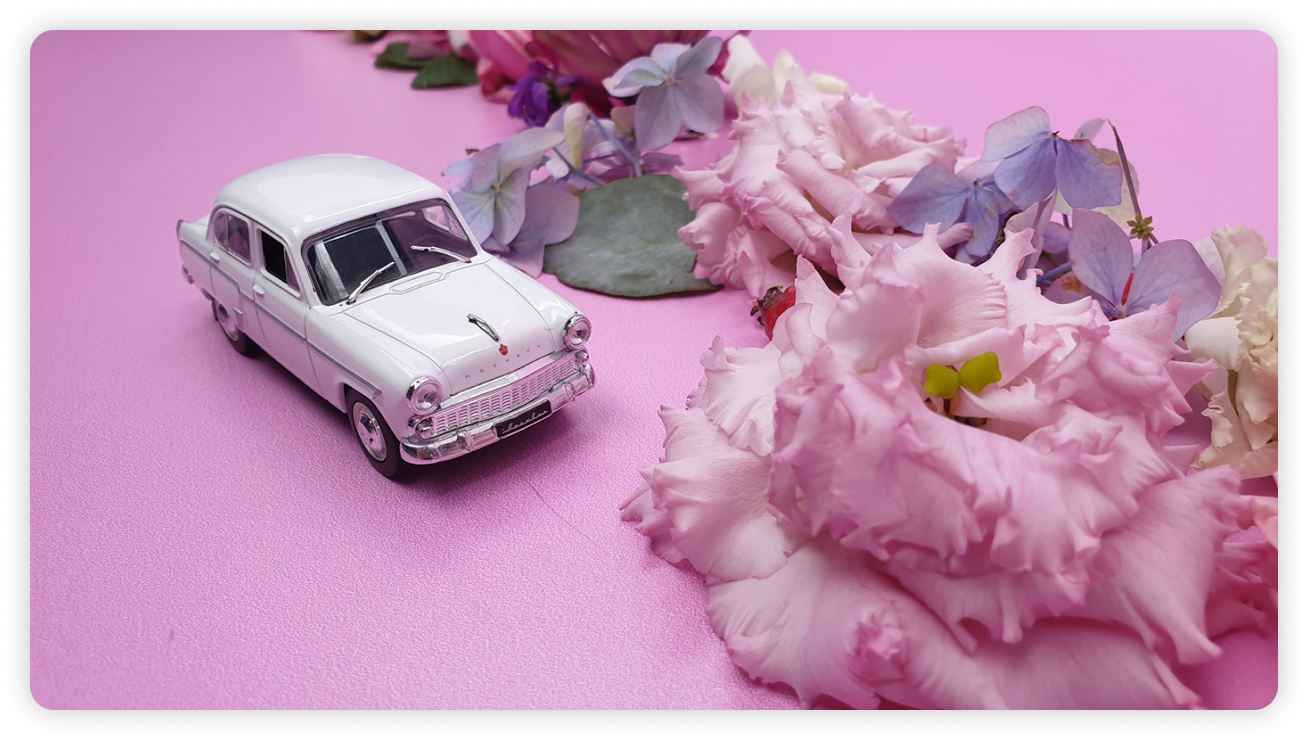
Plasticine advertising
For the leasing company AV.BY on TV.
Object stop motion
Congratulatory wedding animation
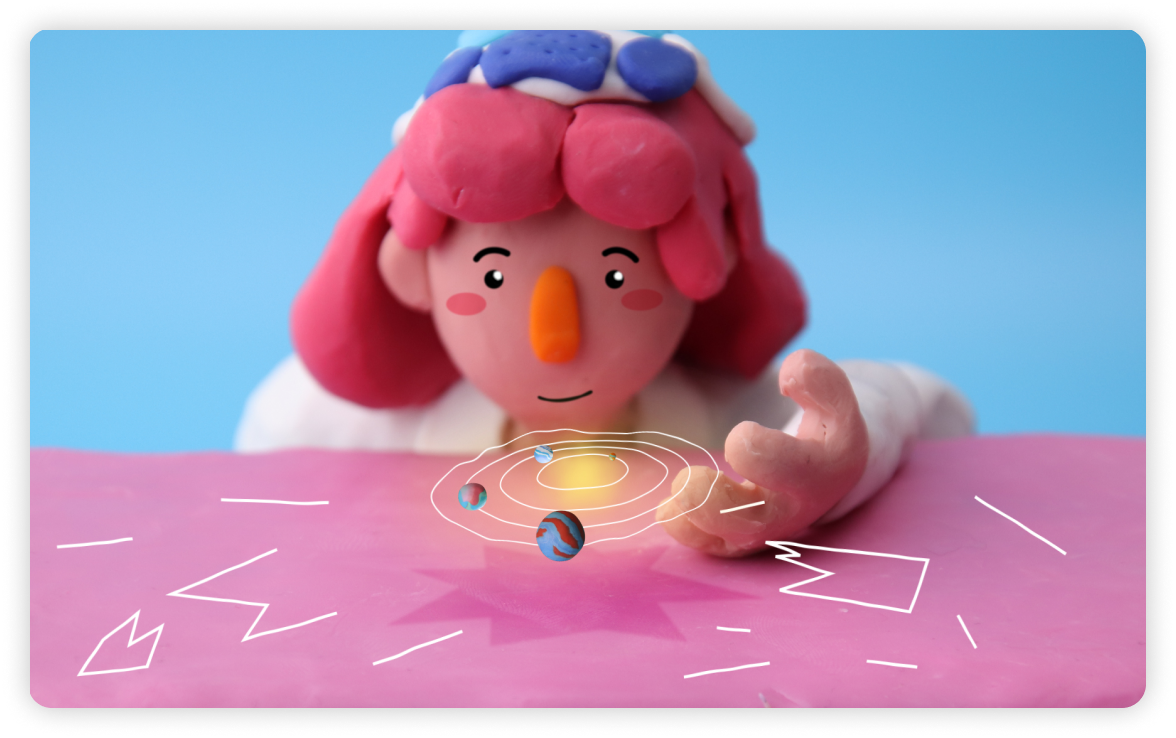
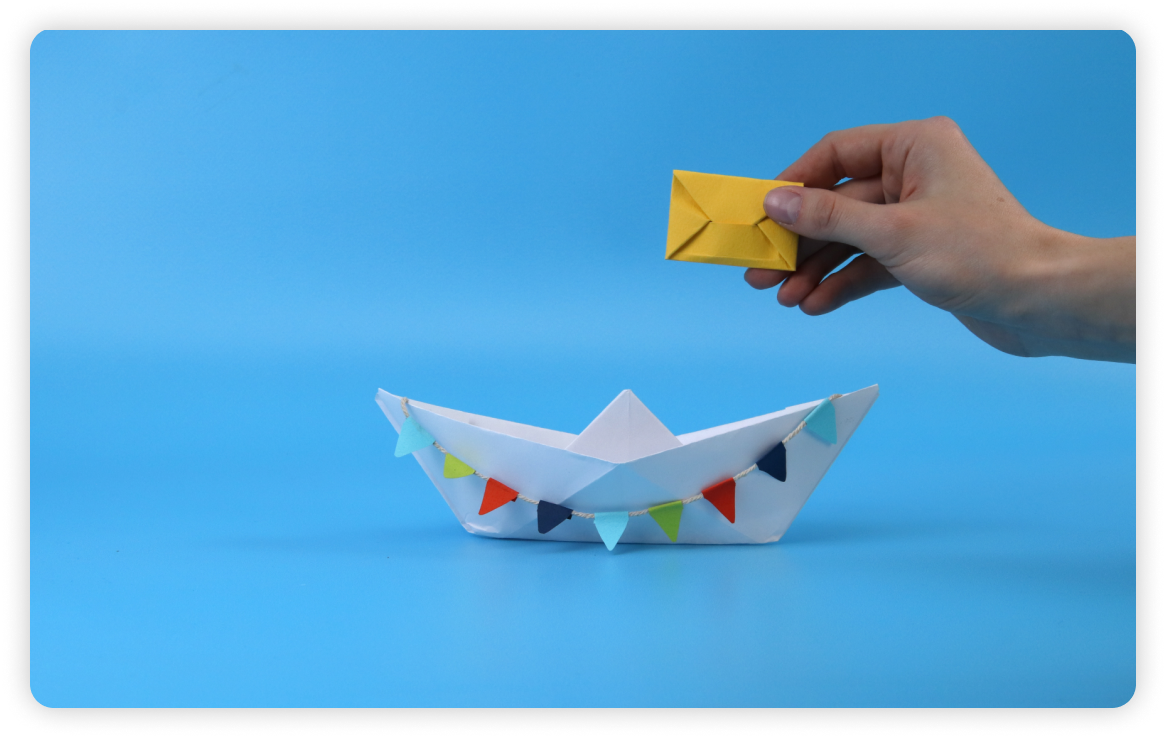
Space plasticine animation
Mixed stop motion
Sci-fi animation about women in different professions commissioned by SYFY.TV
Greeting card for GiftBird application
Portfolio for creating stop motion videos
Stages of work

Each stage of work is approved with the client
1
2
3
4
5
6
7
8
Your idea and script
My ideas + storyboard
A color storyboard
Preparation for the animation
The animation process
Editing
Edits
Final work and payment
Apply sound effects and background music. Don’t record voice over.


We are discussing what should be animated. What are the targets and goals of the animation? How should the product or service be shown? What is the target audience? Where will this animation be displayed? If you have no ideas and script, and you give me the freedom creativity, so let's go to the next point.
I provide my ideas, what and how will move and happen on the screen. I show a sketch storyboard.
It is hard to understand at once which color palette to choose for the background and objects. In this case I provide a clean storyboard drawn in Photoshop in different colors. And you choose what you prefer.
The storyboard is accepted and I begin preparing. I prepare attributes for the shooting process. I work with paper, clay, and cotton. Cut elements, glue models, clay characters and ets. It takes some long time.
The animation process includes preparing the setup for filming: setting the light and the camera, finding the right angle for filming, preparing the scene and laying out the attributes, setting up the camera and directly shooting the stop motion.
Is the sequencing of all filmed creative chaos into a movie. Creation of compositions from captured frames, editing of timing, cleaning frames from rigs, chroma key, color correction, sound overlay.
You need to understand that stop motion is not CG animation, but animation with real objects. And therefore it will not be possible to change what we agreed on during the storyboarding stage. Edits can relate to sounds, timing (if filmed a little more than planned), some minor details, text, logo.
I am sending you the final video. You pay for my work under the contract. On orders with a large budget, I work on a 50% prepayment.

1
2
3
4
5
6
7
8
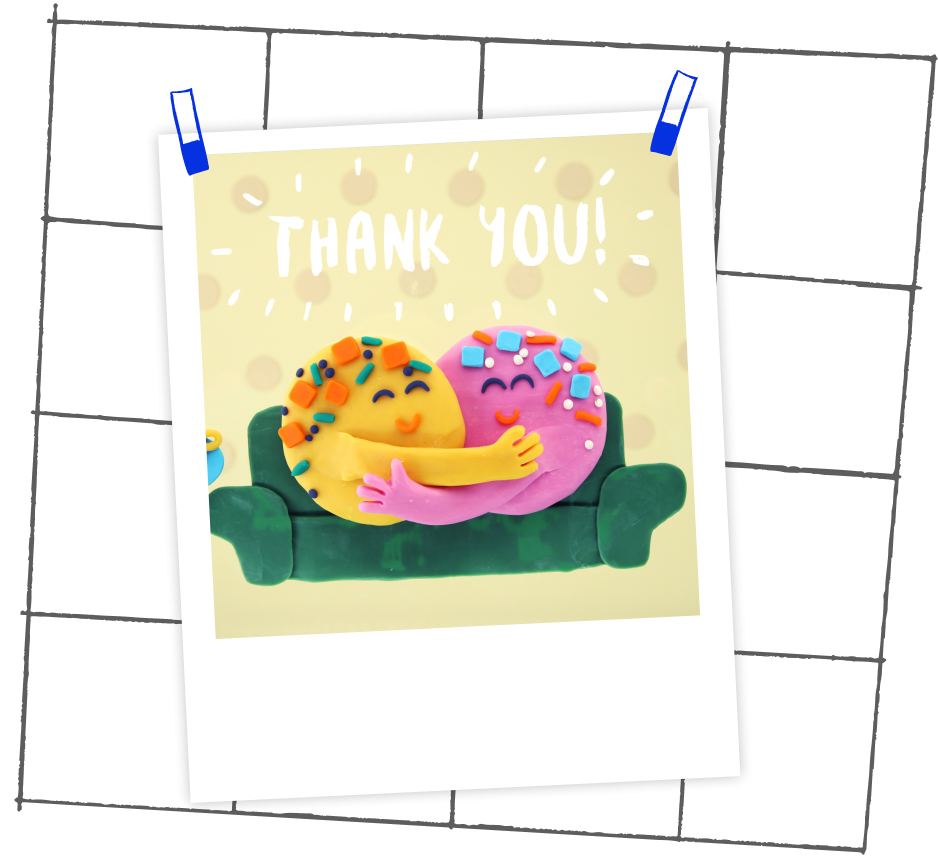

Stages of work

Each stage of work is approved with the client
1
2

3
4


5
6
7
8



Your idea and script
My ideas + storyboard
Storyboard in color
Preparing for animation
Animation process
Editing and sfx
Edits
Final work and payment
Apply sound effects and background music. Don’t record voice over.




Additional services:
Idea + storyboard, color selection, storyboard in color
150-200$

Editing and sfx
250-350$

Rent a studio for a shooting day
150$

Shooting day out
200$

Discounts up to 50% for ordering a series of videos!












Reviews:
Reviews:

Are there any questions left, or would you like to implement the idea? Contact me!



Redisign, SEO by
Knikni Studio Maryana Rudakova.
NIP 9512538718
Poland, Warsaw
e-mail: mr@frame17.com
NIP 9512538718
Poland, Warsaw
e-mail: mr@frame17.com
& HTMLGIRL
Offer
Created by











